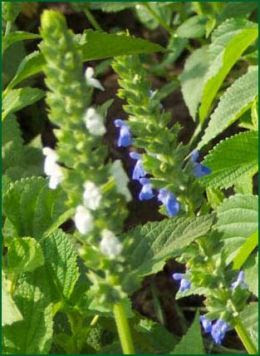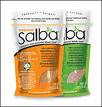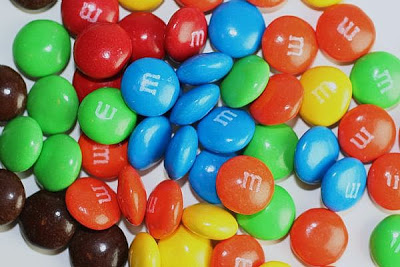In a time where we know so much about what is good for us, but have so many non-nutritious options in our food supply, the race is on to find new food sources that are rich in the nutrients we need.
It turns out that the ancient Aztecs may have known about one of these food sources all along – and you can find it on the shelves of your local health food store!
Salba, which is a white seed from the plant Salvia hispanica, is a seed which is relatively new to the western world. This plant is part of the Chia family, which is native to parts of Mexico and Guatemala. It produces black and white seeds, which the Aztecs used to sustain them on long, arduous hunting expeditions, and in preparation for battles. In honor of the effects they felt these seeds had, the Aztecs also used them in rituals symbolizing enhanced vigor and longevity.
Fast forward to the 21st century! The white seeds have been cultivated by selective breeding (ie selecting the parts of the plant producing white seeds to re-plant and grow more white seeds) to bring us whole bags full of this seed, which has been named Salba (S for the Salvia plant + ‘alba’, latin for white).
The Salba seed is the highest known natural food source of both dietary fiber AND alpha-linolenic acid or ALA, which is an omega-3 polyunsaturated fatty acid. Studies have suggested that increased ALA consuption may be related to a lower risk of cardiovascular disease.
So, is there any evidence supporting a benefit to eating Salba? A Canadian study by Dr. Vuksan randomized 27 overweight diabetic patients to receive either Salba or wheat baked into bread for a 12 week period, followed by each patient receiving the reverse for another 12 week period (what we call a ‘crossover’ study design). An analysis of the 20 people who completed the study showed that Salba use resulted in a lower blood pressure after 12 weeks of use. There was a small benefit with regards to select cardiovascular risk factor markers (in blood) compared to the wheat group; however, the comparison to the wheat group is difficult to interpret, as the dietary composition of carbs and fat was not controlled for, and ended up being significantly different on the two diets. Thus, aside from the blood pressure benefit (which was quite clear), the other benefits of Salba are not well defined.
My take on Salba? Though there is not nearly enough data to give a definite ‘yes’ or ‘no’ to its health benefits, its high content of fibre and omega 3’s makes it an interesting prospect. Definitely worthy of further study! And it’s tasty too….
If you do choose to incorporate Salba into your diet, do it in moderation: 2 tbsp provides 3.9g of fibre and 2.3g of omega 3’s… but also 47 calories!
Dr. Sue © 2009 https://www.drsue.ca/ drsuetalks@gmail.com













